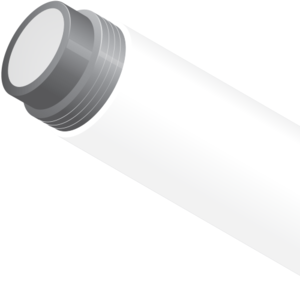Tray Installations
The placement of cables, ducts, and conduits can be done using cable trays – for both outside plant (OSP) and interior spaces (ISP). This allows cables and ducts to be installed quickly and readily accessed for maintenance, adding more cables/ducts, or fast removal.
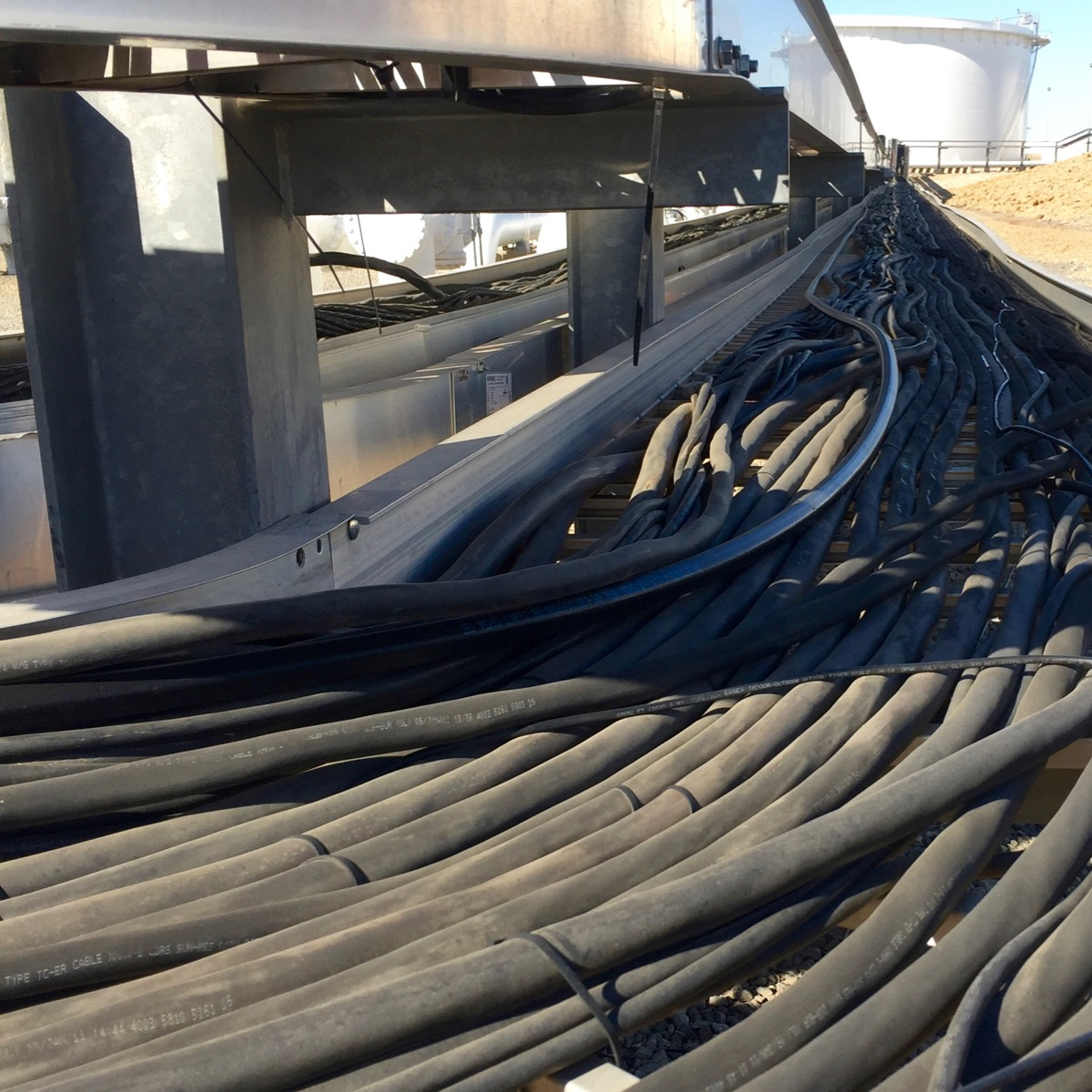
INSTALLING DUCT OR MICRODUCT PATHWAYS IN OSP TRAYS
Both conventional HDPE duct and FuturePath MicroDucts must be black and UV-rated for OSP environments, which typically have a 20+ year service life expectation. HDPE duct products should not be fastened tightly to the tray sides or cross-supports so as to allow normal expansion and contraction to freely occur. For organizing purposes, the duct or FuturePath MicroDuct can be secured to the tray using loose-fitting clamps, outdoor-rated cable ties, or Velcro straps.
INTERIOR TRAY PATHWAY INSTALLATION
In facilities having a sizable IT cable infrastructure, such as a data center or large commercial facility, solid bottom and wire trays are often used. Since most trays are intended for multi-media use – sharing the same space with CAT cables, optical and copper telco cables – when installing HDPE ducts or MicroDucts, care must be taken to not cross-over any of the existing media. When transitioning in or out of the tray, it is best to route the duct products from the underside of the tray, if possible.
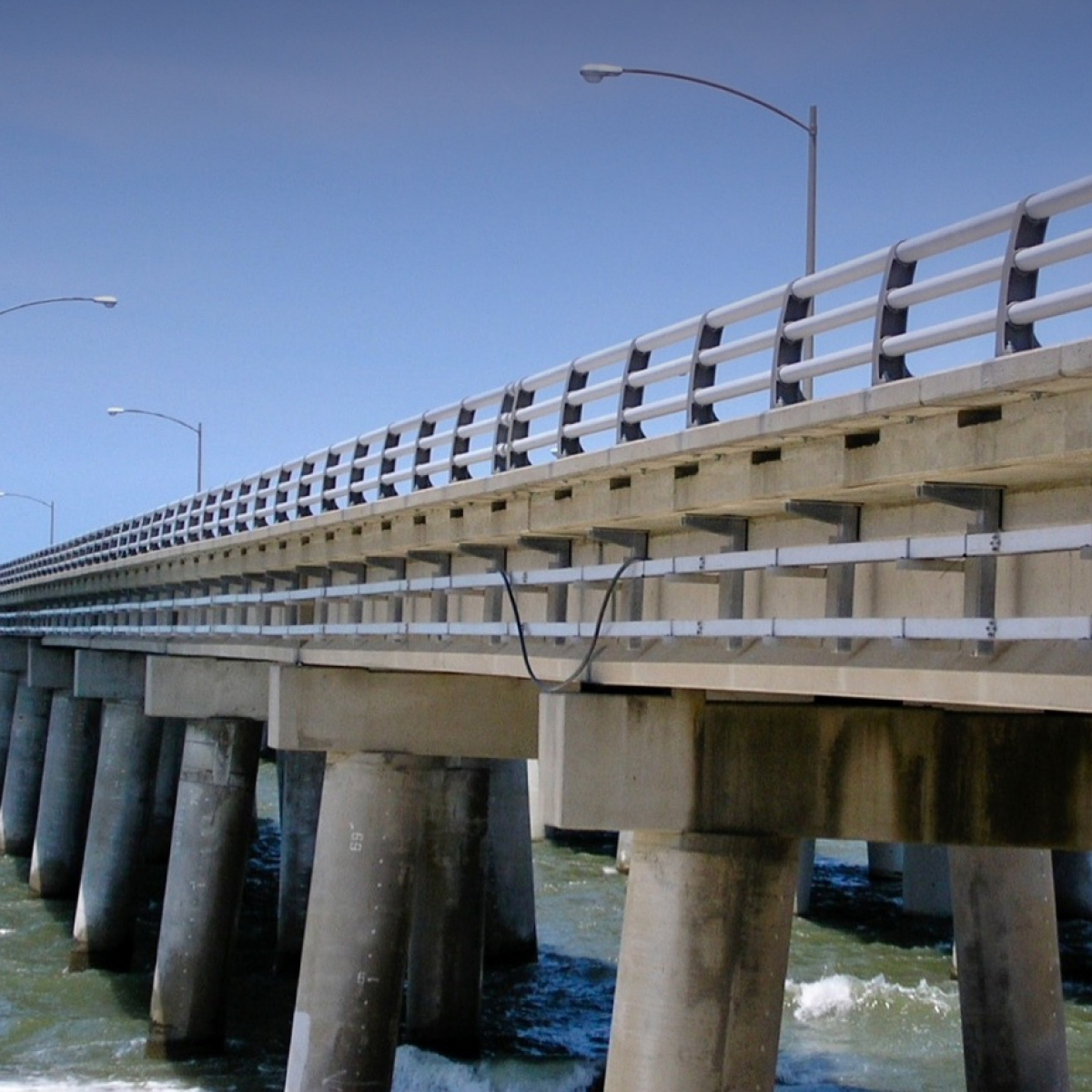

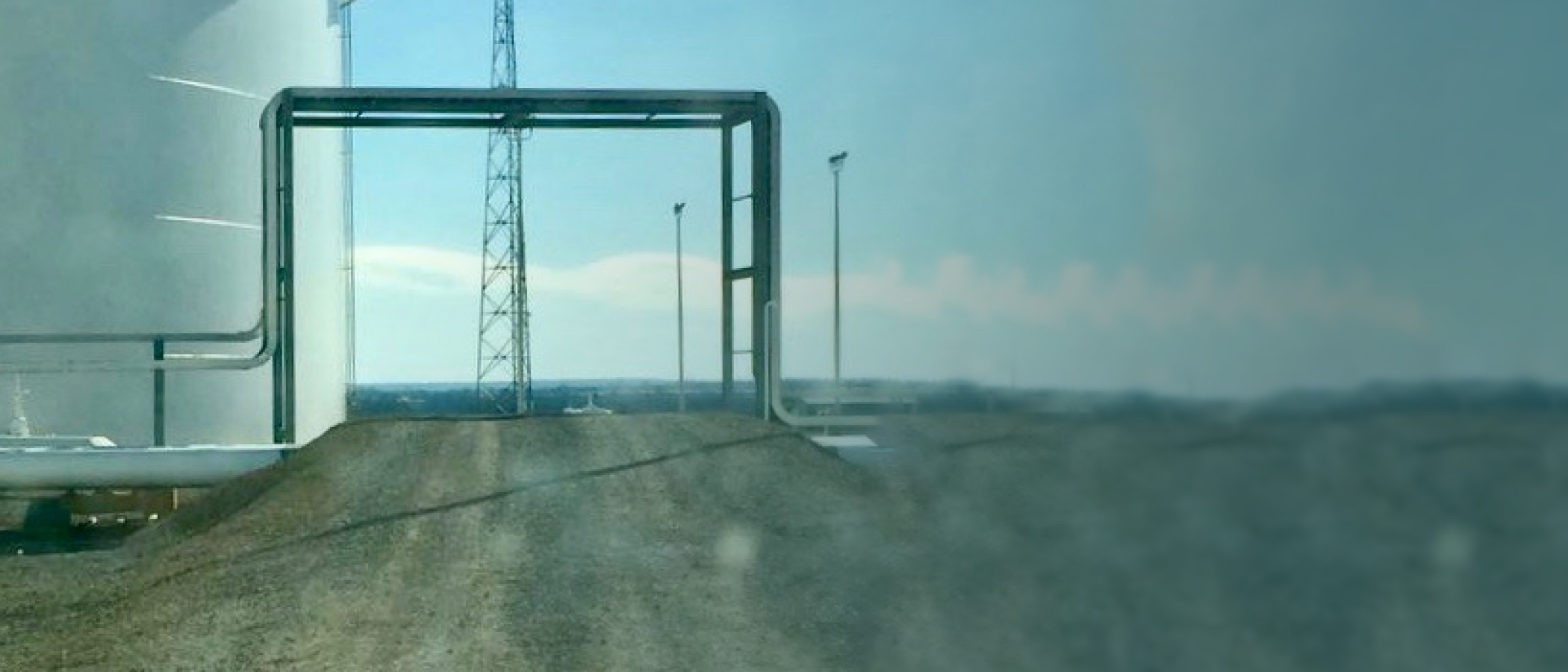
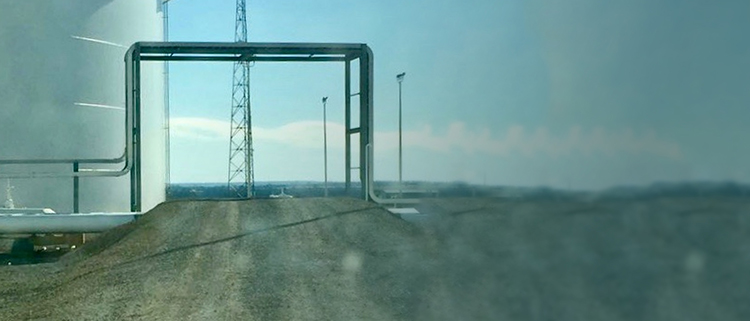
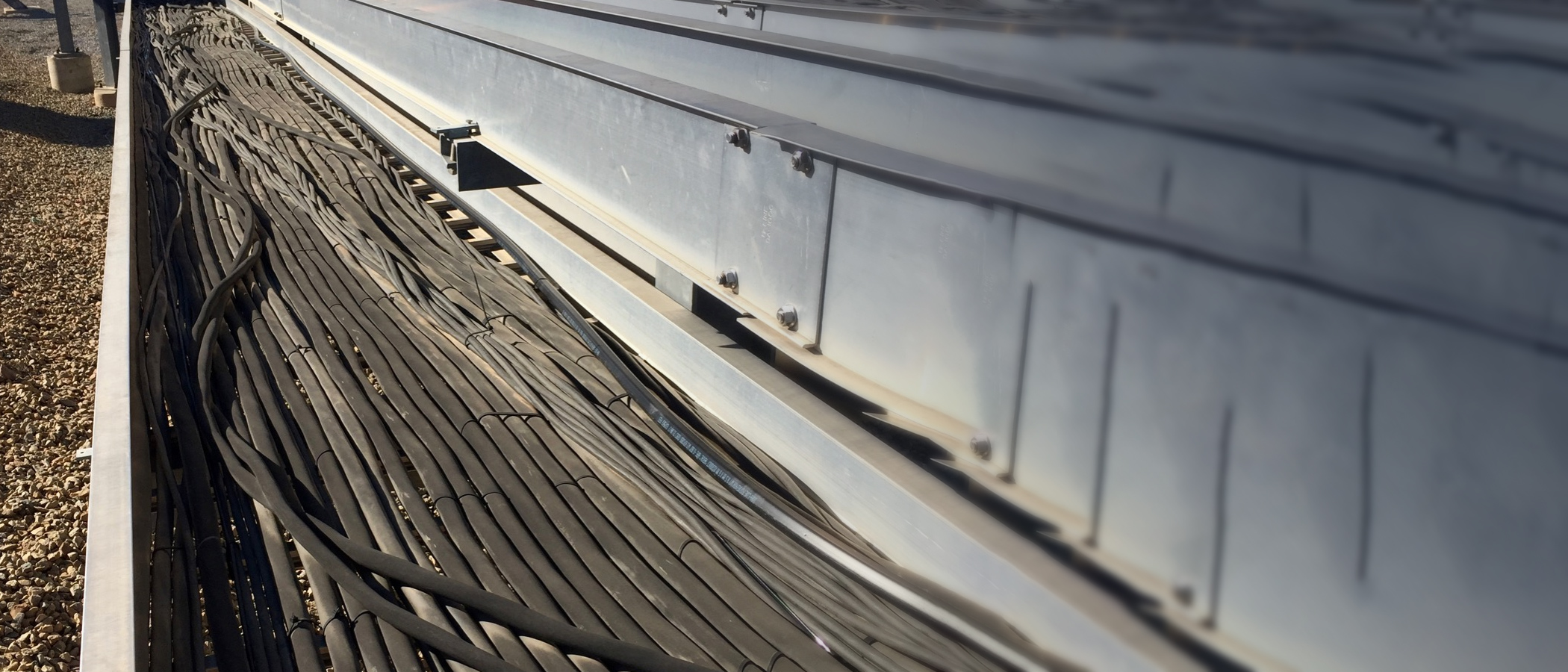
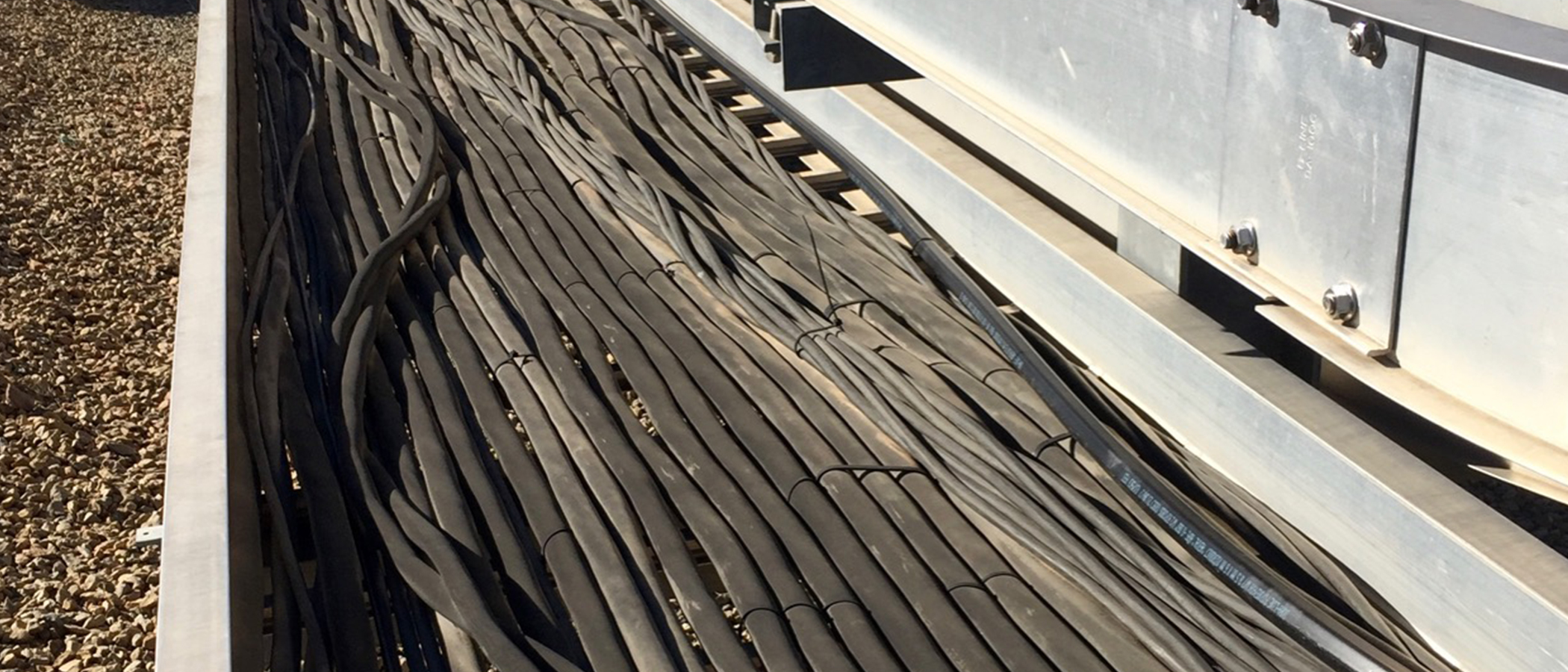
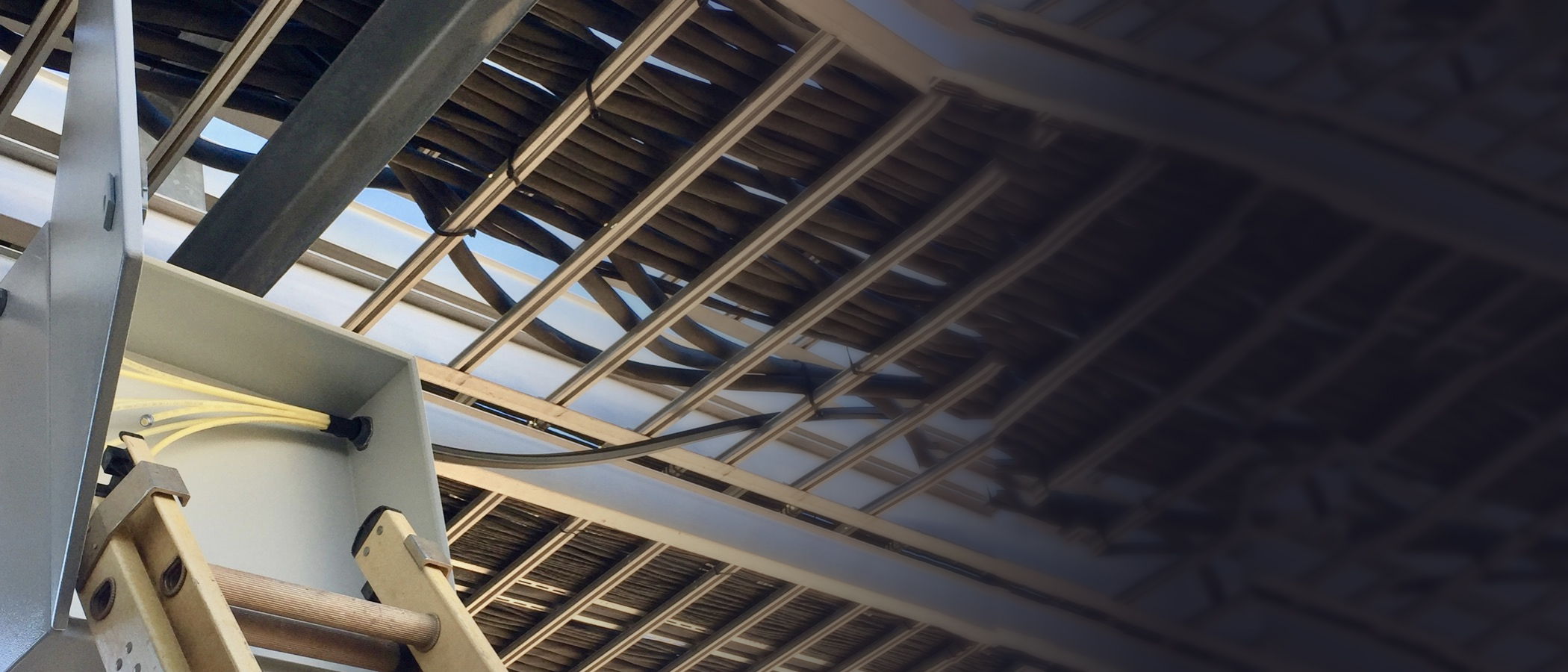
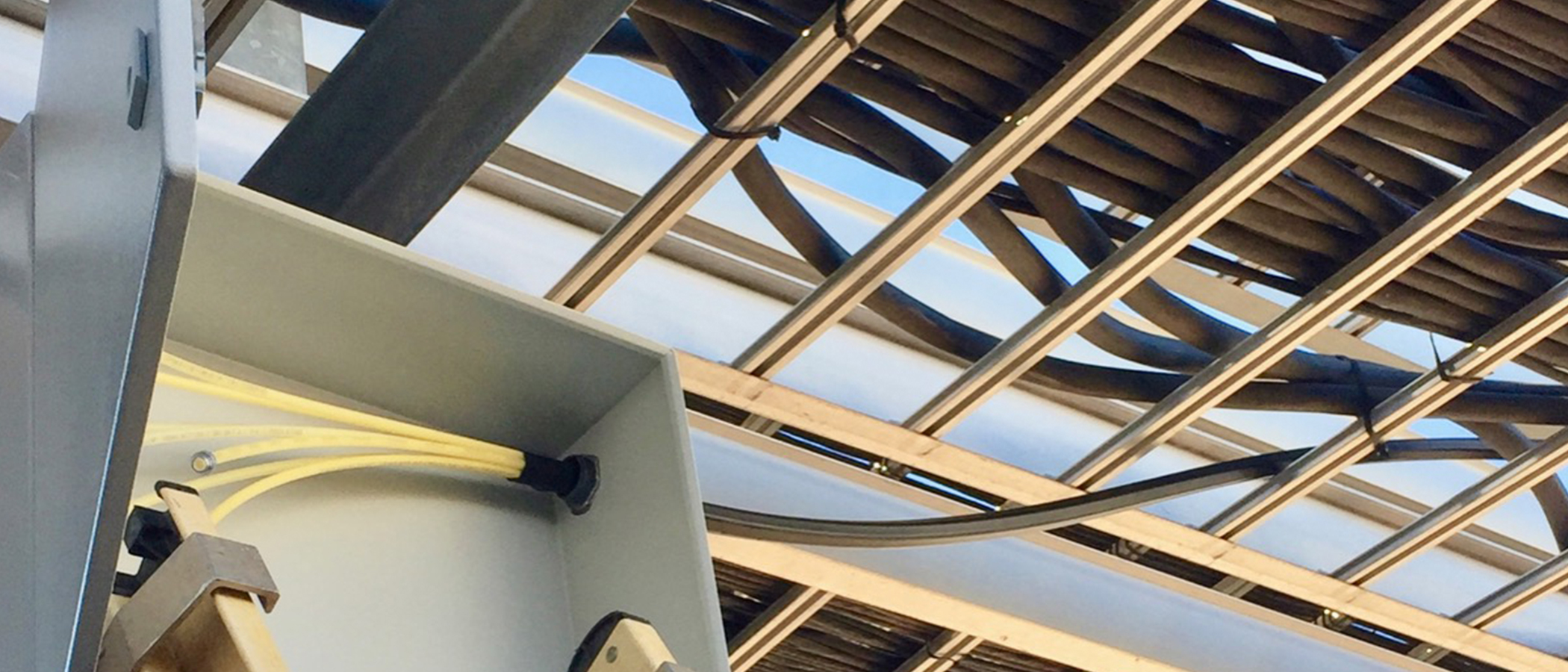
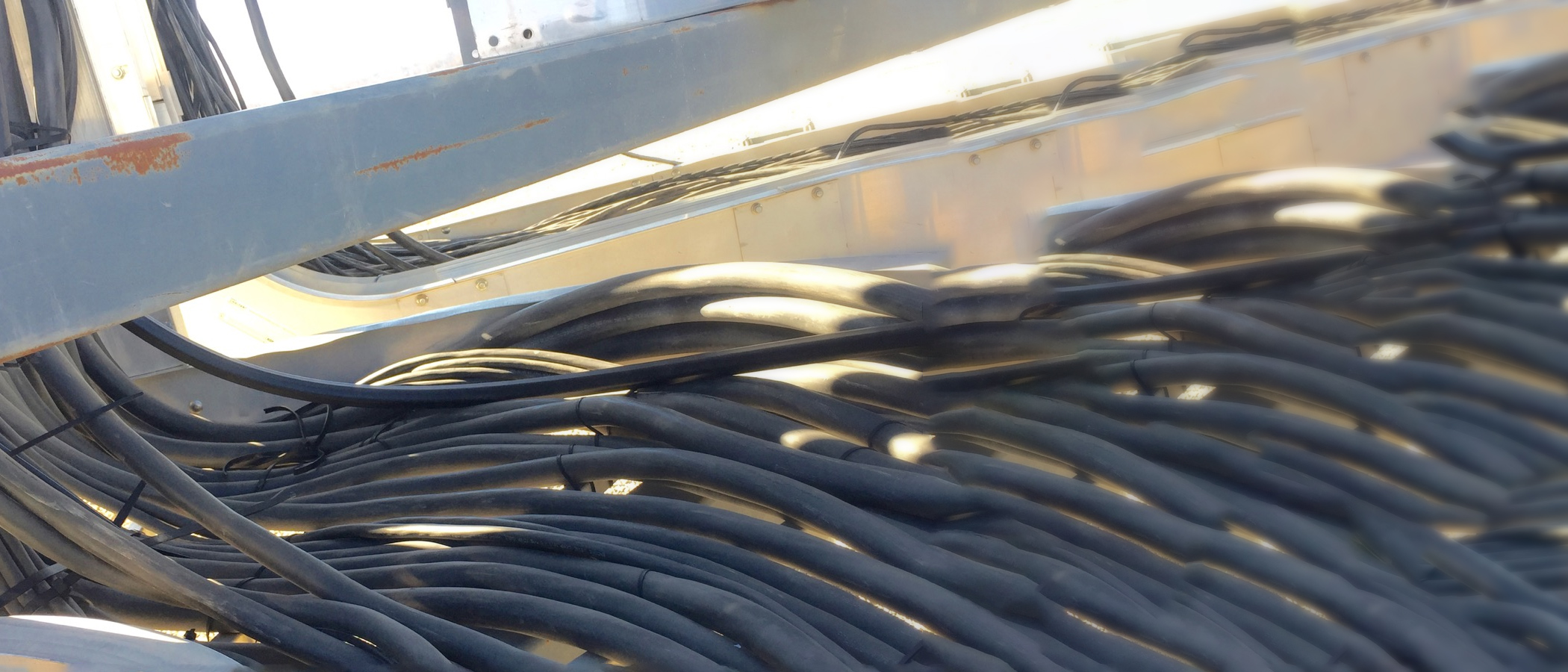
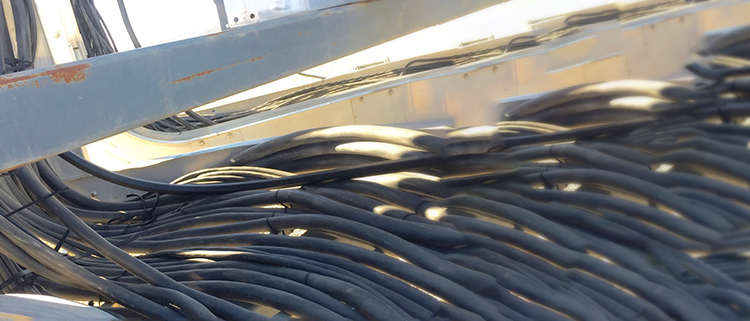
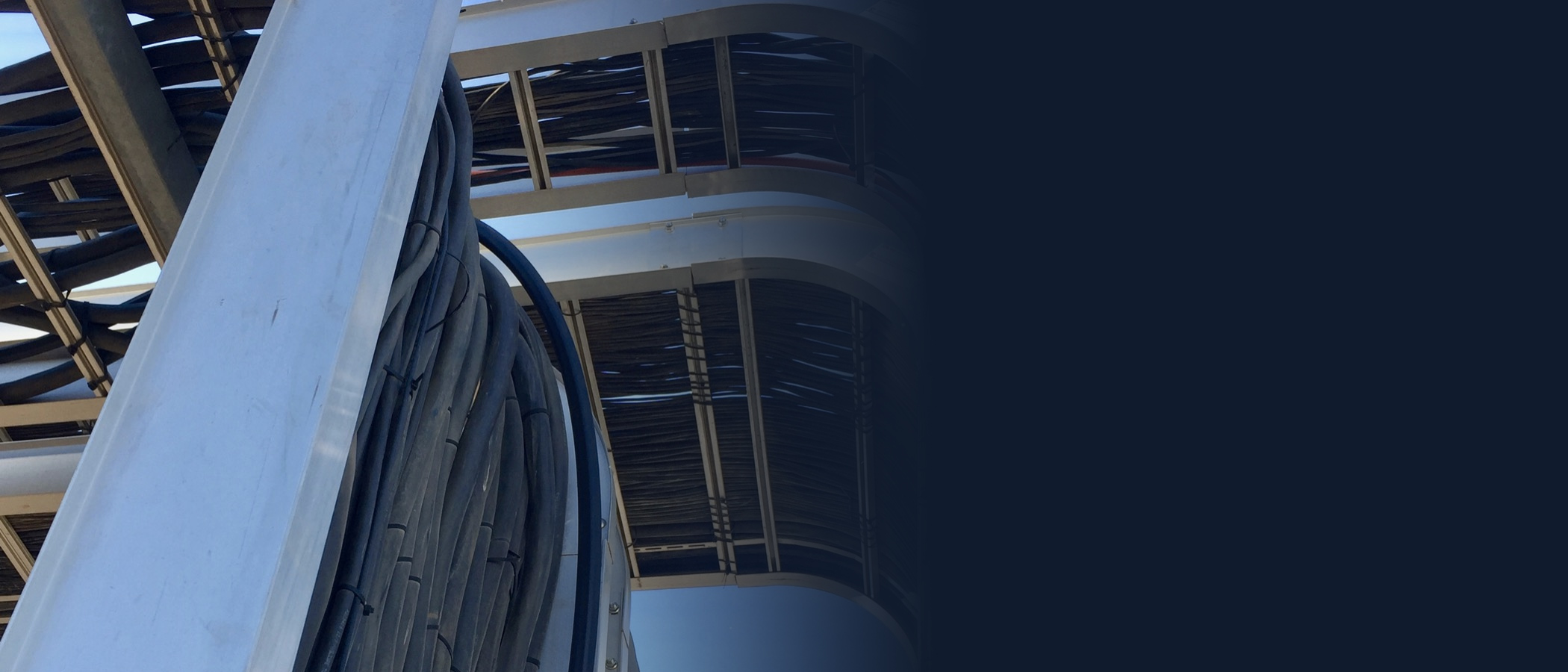
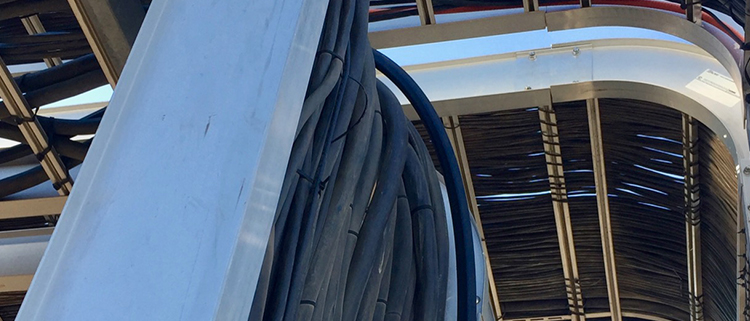
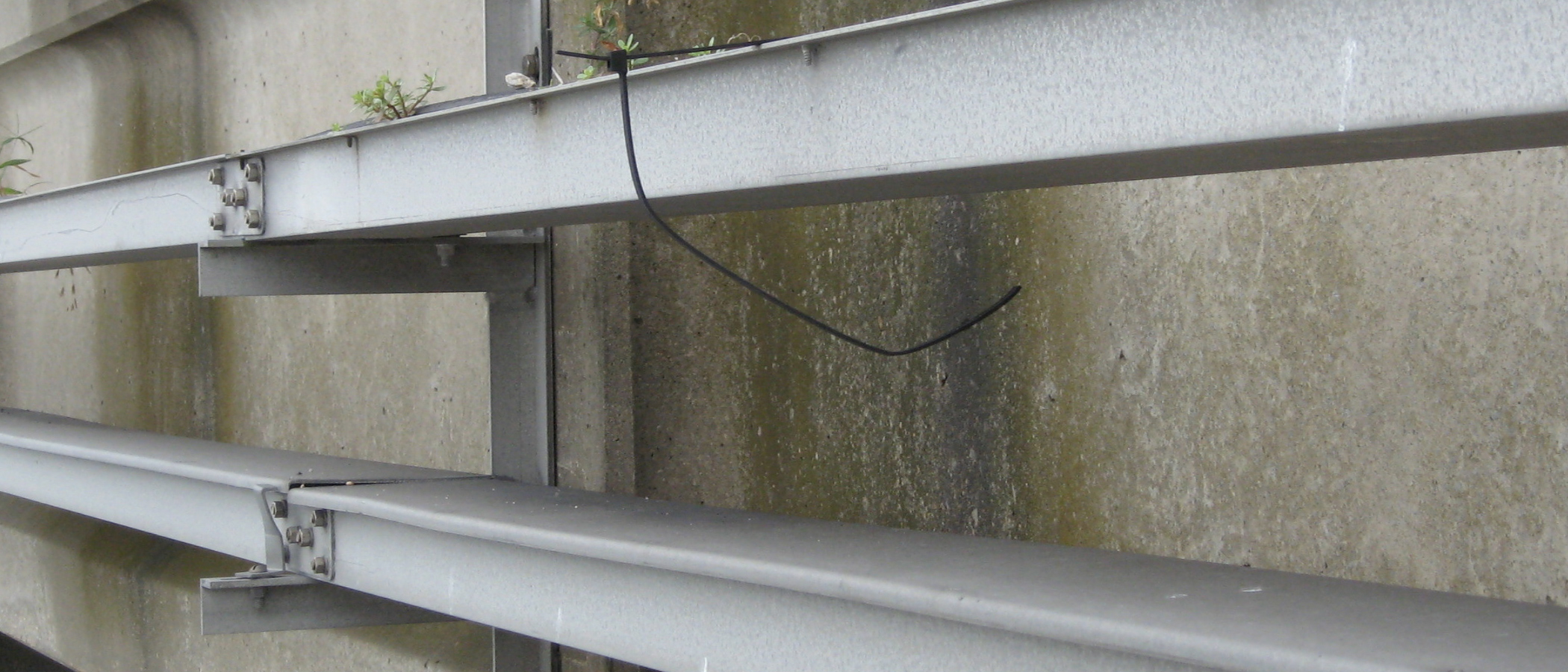
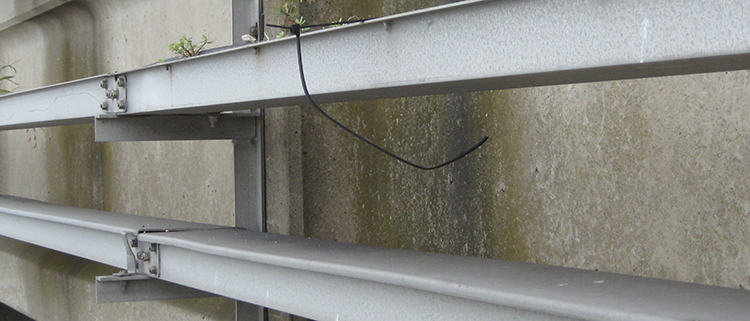



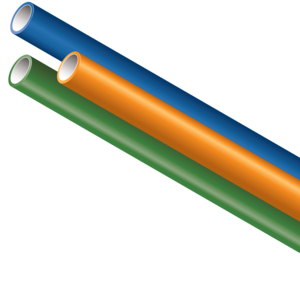-x.png?version=1718024029)
